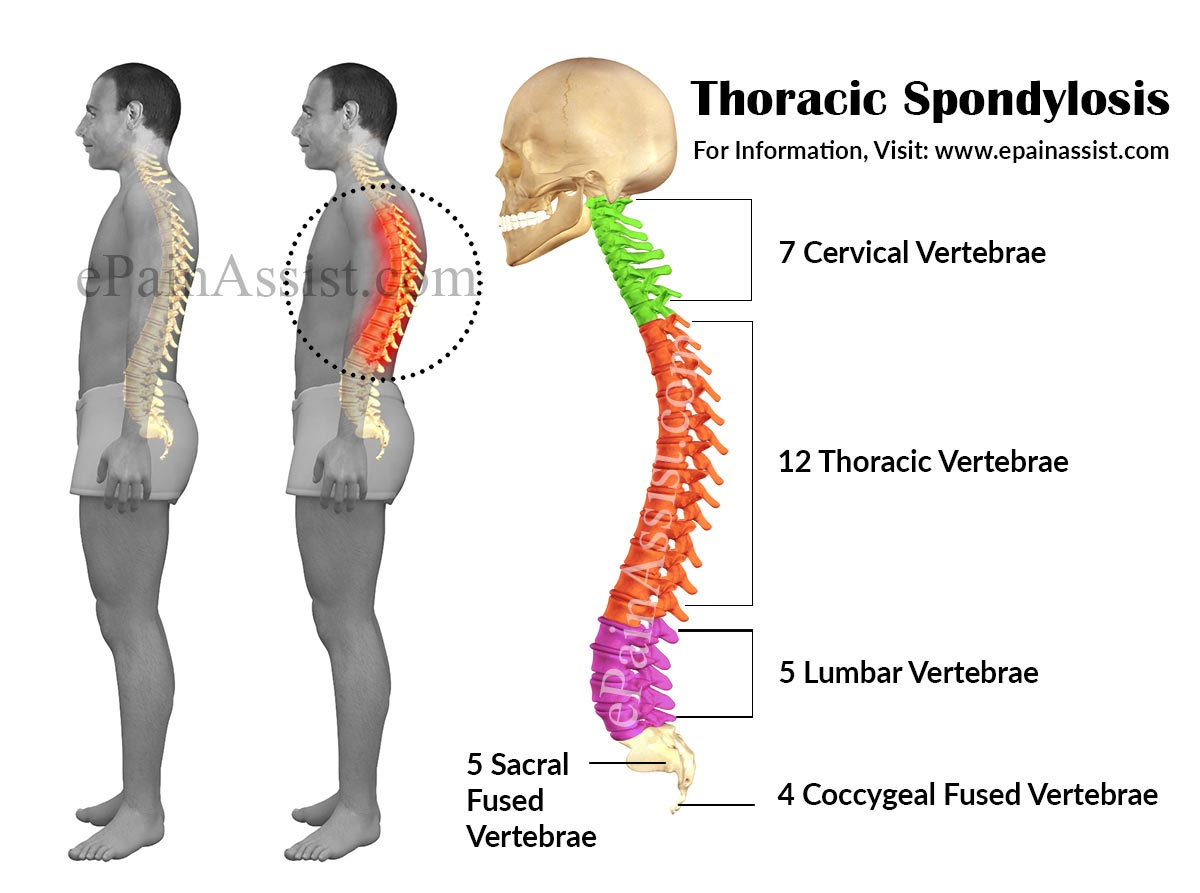Spondylosis: An Overview
Spondylosis is a condition that predominantly affects individuals as they age, but it’s not limited to the elderly. It can also impact younger individuals. Spondylosis manifests as age-related changes in the vertebrae, cartilage, and discs of the spine. Often referred to as osteoarthritis of the spine, spinal arthritis, or simply back arthritis, the condition can affect different parts of the spine: cervical (neck), thoracic (upper and middle back), and lumbar (lower back).

Recognizing the Symptoms
Not everyone with spondylosis exhibits symptoms. However, when symptoms do arise, they commonly include stiffness and pain in the neck, shoulders, or between the shoulder blades. As the condition progresses, it can lead to spinal stenosis, a narrowing of the spinal canal. Consequently, this can cause compression or pinching of the spinal cord and spinal nerve roots, intensifying the pain and discomfort.
Understanding the Spinal Regions Affected
Cervical Spine (Neck): The bones in the upper part of the spine, close to the neck.
Thoracic Spine (Upper and Middle Back): Comprising 12 small bones (vertebrae T1-T12), this region is unique as it supports the ribs. Pain in this area is often linked to muscle tension from poor posture, arthritis, and osteoporosis. In terms of degenerative disease, pain here can be triggered by forward flexion, with facet pain resulting from hyperextension.
Lumbar Spine (Lower Back): Commonly affected by spondylosis in individuals over 40, symptoms here include pain and morning stiffness.
Degenerative Scoliosis and Spondylosis
Degenerative scoliosis arises as a sideways curve in the spine, measuring 10 degrees or more, in adults. It is a result of spinal degeneration, essentially stemming from osteoarthritis of the spine, another name for spondylosis.
Treatment Options
The spine center specialists in various clinics, such as the Pain Intervention Clinic and Utah Spine Center, provide specialized care to alleviate pain from spinal conditions. In severe cases, especially those involving herniated discs or advanced spinal stenosis, surgery may be a recommended option. It’s essential to recognize that degenerative spine conditions indicate the gradual loss of the spine’s standard structure and function over time.
Conclusion
While spondylosis is a common ailment that affects many with advancing age, understanding its symptoms, causes, and available treatments is crucial. Prompt attention and care can help mitigate pain and improve quality of life.


